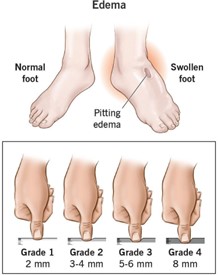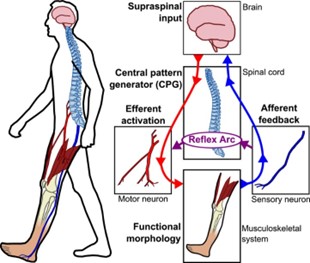When assessing a client for alcohol use, the nurse utilizes the CAGE acronym, what does E stand for?
Do you need to eat while drinking?
Are your eyes able to focus in the morning?
Are you able to evaluate your behavior?
Do you need an eye-opener (another drink) in the morning?
The Correct Answer is D
The CAGE acronym is a brief screening tool used to assess alcohol misuse or dependence. It consists
of four questions that can be easily remembered using the acronym CAGE:
C - Have you ever felt you needed to Cut down on your drinking?
A - Have you ever felt Annoyed by criticism of your drinking? G - Have you ever felt Guilty about your drinking?
E - Have you ever felt the need for an Eye-opener (drink) in the morning?
Nursing Test Bank
Naxlex Comprehensive Predictor Exams
Related Questions
Correct Answer is ["A","B"]
Explanation
When checking for edema in the lower extremities of a patient with Congestive heart failure, the nurse will grade the edema on a scale of +1 to +4 and press the skin over the tibia. Plantar flexing the feet is not necessary for assessing edema in the lower extremities, and checking only one limb is not sufficient as edema may occur in both legs.

Correct Answer is D
Explanation
The motor system refers to the parts of the nervous system that control voluntary movements, including the muscles, nerves, and brain. Rapid alternating movements are movements that require the coordination of multiple muscle groups, such as tapping fingers or rotating the wrist. By observing the patient's ability to perform these movements, the nurse can assess the integrity and function of the motor system.

Whether you are a student looking to ace your exams or a practicing nurse seeking to enhance your expertise , our nursing education contents will empower you with the confidence and competence to make a difference in the lives of patients and become a respected leader in the healthcare field.
Visit Naxlex, invest in your future and unlock endless possibilities with our unparalleled nursing education contents today
Report Wrong Answer on the Current Question
Do you disagree with the answer? If yes, what is your expected answer? Explain.
Kindly be descriptive with the issue you are facing.
